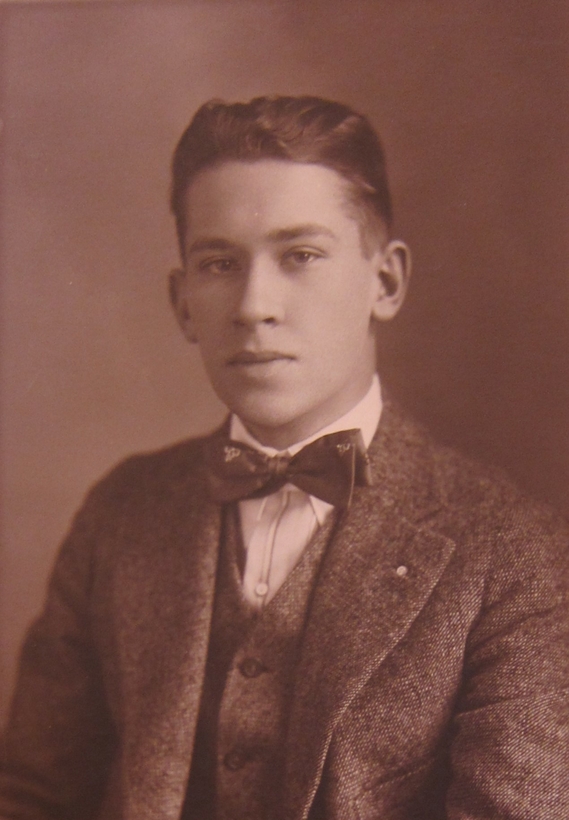In E. E. Cummings’s first collection of poems, Tulips & Chimneys (1923), one woman is more haunting than any other, although she is named in only a single poem: Marie Louise Lallemand. Cummings met Marie Louise in 1917. He was volunteering for ambulance duty in France during the Great War; she was working in Paris as a prostitute. Forever after, when Cummings remembered la guerre—for him, “the war” was always referred to in French—it was bound up with her:
little ladies more
than dead exactly dance
in my head, precisely
dance where danced la guerre.
Previous work on Cummings has treated his relationship with Marie Louise as a casual diversion, but the potency of his memories testifies to something deeper. I began my research into Cummings convinced that there was a story here that had not been told, and I felt that prejudice against sex workers had pushed Marie Louise to the margins. But would there be enough left to discover, or would there be only hazy memory and loss, “little ladies more / than dead”?
I felt that prejudice against sex workers had pushed Marie Louise to the margins.
Chasing Marie Louise meant chasing one story among many others. The U.S. Army estimated that during the Great War there were 75,000 women working as prostitutes in Paris alone. This figure was recorded in The Medical Department of the United States Army in the World War, Vol. 6, Sanitation, prostitution featuring as a major consideration in army “sanitation” because of the risks of gonorrhea (vulgarly, “the clap”) and syphilis. Indeed, some soldiers were prepared to seek infection in order to escape the trenches. A self-inflicted wound would bring court-martial, so the ravages of syphilis could appear to be a better bet. Cummings wrote down the explanation of a French soldier, sick with syphilis, whom he transported to the hospital: “Go to Paris, stay with bad girl, pay good money to get; come here [the hospital]—bon! When get permission [leave], go back, get again!” For the women involved in prostitution, venereal disease was one of its chief dangers.
But within this broader historical setting, what of Marie Louise herself? At the Cummings archives at Harvard’s Houghton Library I found correspondence telling a more lyrical and emotional story than I could have imagined. The love between Cummings and Marie Louise shines through their own uncertainties about what such a relationship could mean. She tried to feel out how to love and work at the same time. He worried that a relationship with a prostitute could only be transactional and insincere, but offered his love anyway while worrying whether she returned it.
Despite the atmosphere of prejudice surrounding them, the two persevered, writing to each other of their love even after Cummings left Paris for service at the front. But this was no fairy tale and there is no happy ending. The only justice that we can offer Marie Louise is to tell her story, and to hear her words as they echo out of one of Cummings’s drafted letters, his reply to a night on which she spoke of her suffering and said to him, “I have lost my right to a life.”
Alison Rosenblitt’s The Beauty of Living: E. E. Cummings in the Great War is out now from W. W. Norton & Co.
